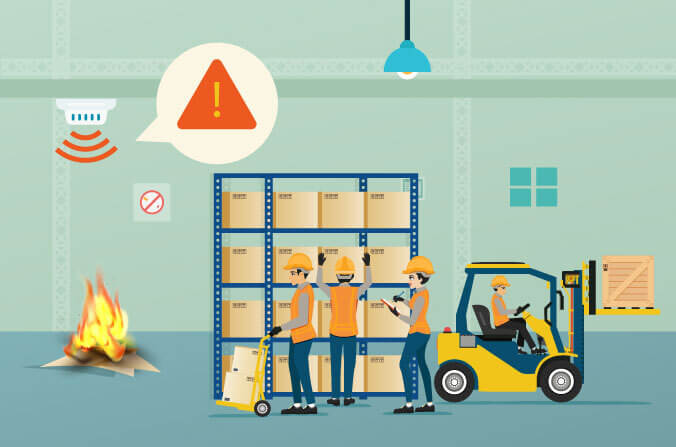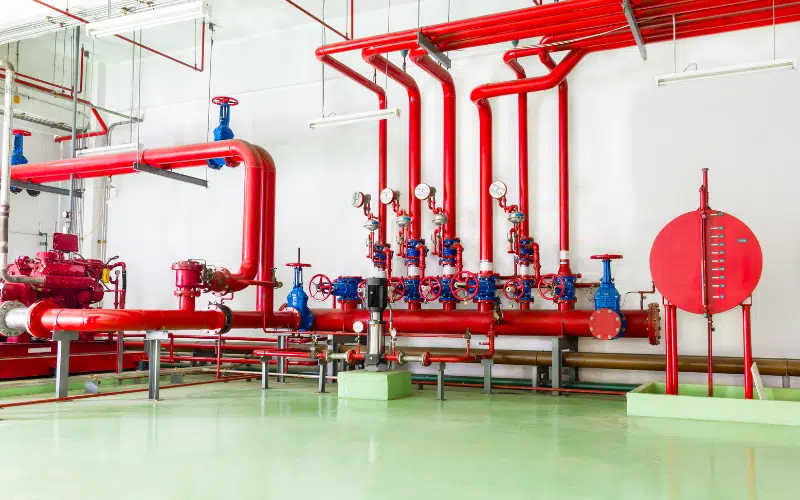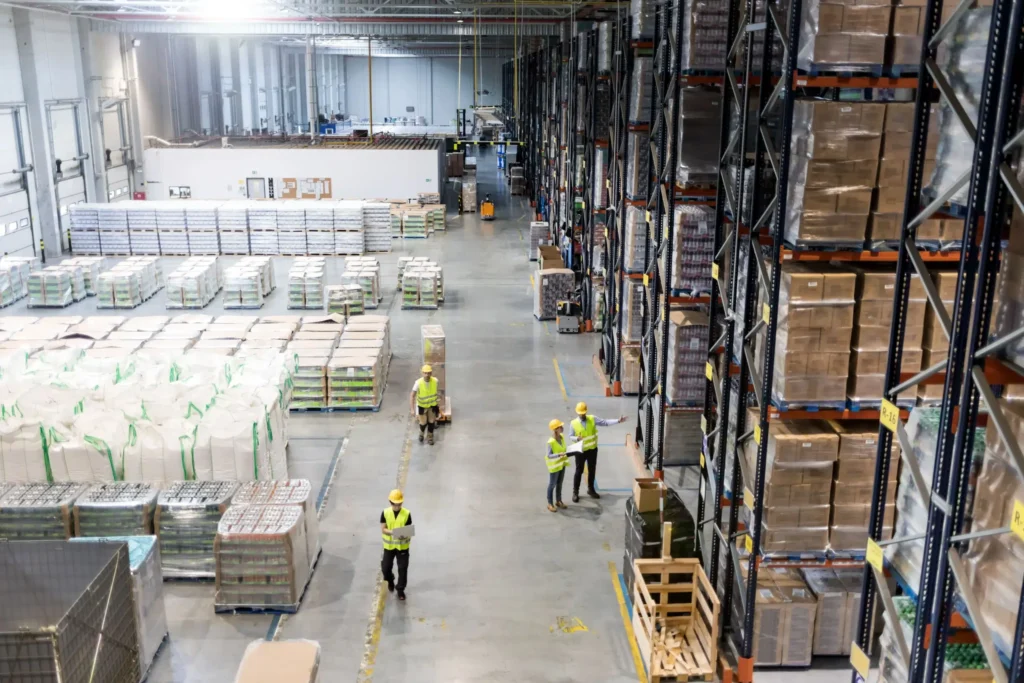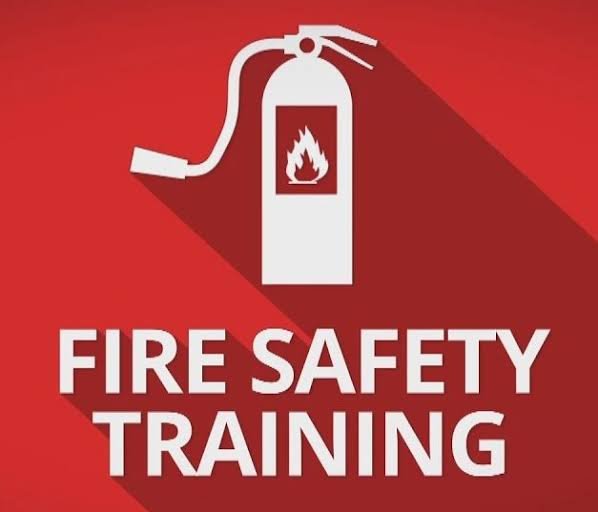Fire Safety in Warehouses: Best Practices to Protect Your People and Property
Warehouses play a critical role in modern logistics and supply chains, often housing high-value inventory, equipment, and raw materials. However, due to their size, layout, and the nature of stored goods, they are also highly susceptible to fire risks. Fires in warehouses can cause devastating losses, not only in terms of property but also in operational downtime and employee safety.
Implementing robust fire safety measures is essential—not only to comply with legal requirements, but to ensure the safety of workers and the protection of business assets. This article outlines the best fire safety practices every warehouse should adopt.

1. Conduct a Comprehensive Fire Risk Assessment
The foundation of any fire safety plan is a thorough fire risk assessment. This involves identifying potential ignition sources, combustible materials, and areas of high risk.
Key Steps:
- Analyze warehouse layout and operations.
- Identify fire hazards such as faulty wiring, flammable chemicals, or overheated machinery.
- Evaluate who may be at risk, especially in high-traffic or isolated areas.
- Create a written fire safety plan with clear responsibilities.
A risk assessment should be updated regularly, especially after changes in operations, storage layout, or equipment.

2. Install and Maintain Fire Detection Systems
Early detection saves lives and minimizes damage. Every warehouse should have an adequate number of smoke detectors, heat sensors, and flame detection devices based on its size and configuration.
Best Practices:
- Install systems that comply with local fire codes and standards.
- Ensure detection systems are connected to a central monitoring service.
- Test alarms monthly and service them at least annually.
- Replace batteries and ensure no sensor is blocked by shelving or boxes.

3. Implement Fire-Resistant Storage Systems
The way items are stored can influence how quickly a fire spreads. Using fire-resistant materials for shelving and storage units adds a layer of passive protection.
Recommendations:
- Avoid stacking materials too close to ceilings or sprinkler heads.
- Store flammable liquids or gases in fireproof, ventilated cabinets away from general inventory.
- Label hazardous materials clearly and ensure they’re stored according to safety guidelines.
4. Install a Reliable Sprinkler System
An automatic sprinkler system is one of the most effective tools in controlling warehouse fires before they grow out of control.
Important Considerations:
- Choose a system designed for your specific inventory type and ceiling height.
- Inspect and test sprinklers regularly.
- Keep storage racks and goods clear of sprinkler heads to ensure full coverage.
- Ensure water pressure and pump systems are checked periodically.
5. Provide Employee Training and Fire Drills
Even the most advanced systems won’t be effective without a trained workforce. All warehouse staff should be trained in fire safety procedures.
Training Topics Should Include:
- How to use fire extinguishers correctly.
- How to identify early signs of fire.
- Understanding the evacuation plan and designated assembly points.
- Emergency communication protocols.
Conduct fire drills at least twice a year to ensure everyone is familiar with the procedures.
6. Maintain Clear Emergency Exits and Escape Routes
Quick evacuation can save lives, so it’s critical that all exits are accessible and clearly marked.
Ensure That:
- All fire exits are unobstructed and easy to open from the inside.
- Exit signs are illuminated and visible, even in low-light conditions.
- Emergency lighting is installed and regularly tested.
- Evacuation maps are posted at multiple points throughout the facility.
7. Practice Electrical Safety
Electrical fires are among the leading causes of warehouse fires. Proper maintenance of electrical systems can prevent many of these incidents.
Preventative Measures:
- Schedule routine inspections by licensed electricians.
- Avoid using extension cords as permanent solutions.
- Immediately replace or repair damaged wires and outlets.
- Ensure electrical panels are labeled and kept accessible.
8. Keep the Warehouse Clean and Free of Hazards
Housekeeping plays a critical role in fire prevention. Clutter, dust, and improperly stored waste can all become fuel for a fire.
Recommendations:
- Implement a regular cleaning schedule.
- Keep aisles and equipment clear of debris.
- Remove waste and flammable packaging materials regularly.
- Designate areas for safe disposal of oily rags, chemical containers, and cardboard.
Final Thoughts
Fire safety in warehouses is not a one-time task, but an ongoing responsibility. By combining proactive planning, proper equipment, employee training, and routine maintenance, warehouse operators can significantly reduce the risk of fire and its potentially devastating consequences.
Remember: the cost of prevention is always less than the cost of recovery.






